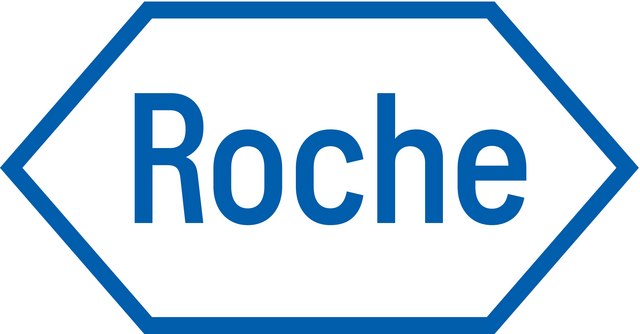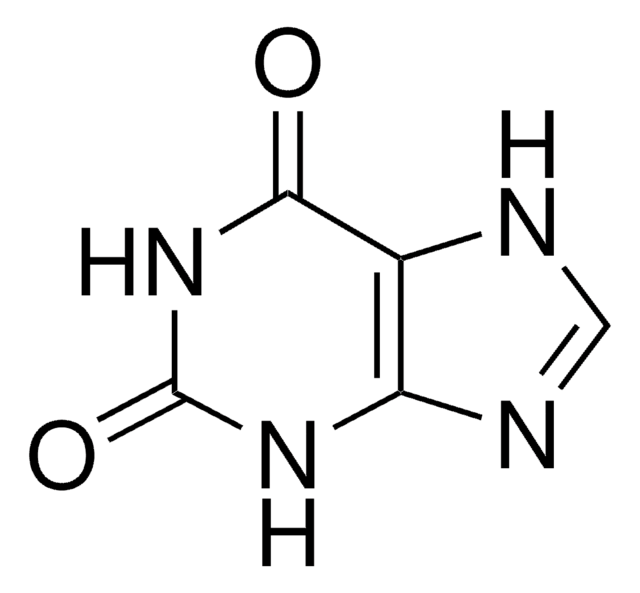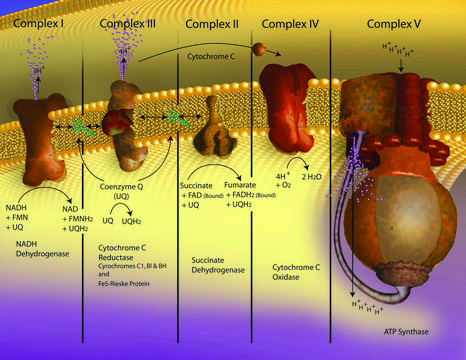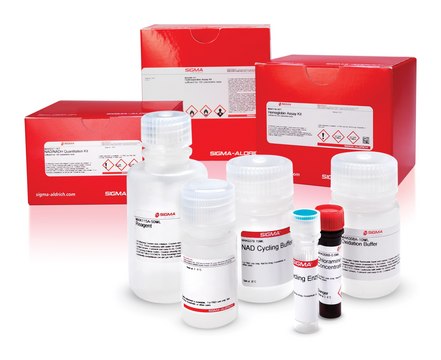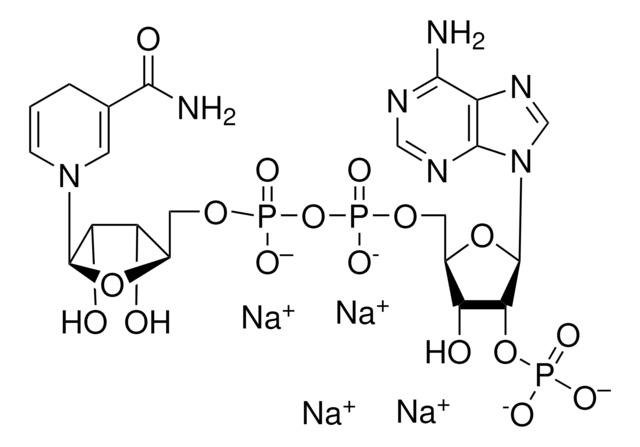X1875
Xanthine Oxidase from bovine milk
Grade I, ammonium sulfate suspension, ≥0.4 units/mg protein
Synonym(s):
XOD, Xanthine:oxygen oxidoreductase
Sign Into View Organizational & Contract Pricing
All Photos(1)
About This Item
CAS Number:
EC Number:
1.17.3.2.
EC Number:
MDL number:
UNSPSC Code:
12352204
NACRES:
NA.54
Recommended Products
type
Grade I
Quality Level
form
ammonium sulfate suspension
specific activity
≥0.4 units/mg protein
foreign activity
uricase ≤0.5%
shipped in
wet ice
storage temp.
2-8°C
Looking for similar products? Visit Product Comparison Guide
General description
Formerly E.C. 1.1.3.22
Xanthine Oxidase (XOD) is a metal flavoprotein. It has flavin adenine dinucleotide (FAD), molybdenum and iron in the ratio 2:2:8. This homodimer has a molecule weight of 290kDa. It is a member of the molybdenum-protein family. This enzyme consists of two separated substrate-binding sites.
Application
Xanthine Oxidase from bovine milk has been used:
- in the preparation of xanthine oxidase (XO) solution for 5-(diethoxyphosphoryl)-5-methyl-1-pyrroline-N-oxide (DEPMPO)-spin trapping assay
- in in vitro XO assay for screening Vietnamese medicinal plants for XO inhibitory activity
- as a standard to determine XO activity
- as a standard to test the synergistic effect of docosahexaenoic acid (DHA)
Biochem/physiol Actions
Hydroxylation of hypoxanthine to xanthine and xanthine to uric acid is catalyzed by xanthinebb oxidase (XO) enzyme.
Xanthine oxidase is a molybdenum-containing enzyme that is found in the cytosol, and may be strongly inhibited by flavonoids. It plays a vital role in the metabolism of some drugs, as well as purines and pyrimidines. It is also known to be a biological source of reactive oxygen species.
Xanthine oxidase was shown to be involved in the reduction of cytochrome c by the generation of superoxide anions following the oxidation of xanthine. These free radicals are responsible for reducing cytochrome c.
Unit Definition
One unit will convert 1.0 μmole of xanthine to uric acid per min at pH 7.5 at 25 °C. Approx. 50% of the activity is obtained with hypoxanthine as substrate.
Physical form
Suspension in 2.3 M (NH4)2SO4 containing 1 mM sodium salicylate
Analysis Note
Protein determined by biuret
signalword
Danger
hcodes
Hazard Classifications
Resp. Sens. 1
Storage Class
11 - Combustible Solids
wgk_germany
WGK 3
flash_point_f
Not applicable
flash_point_c
Not applicable
ppe
Eyeshields, Gloves, type N95 (US)
Choose from one of the most recent versions:
Already Own This Product?
Find documentation for the products that you have recently purchased in the Document Library.
Customers Also Viewed
Our team of scientists has experience in all areas of research including Life Science, Material Science, Chemical Synthesis, Chromatography, Analytical and many others.
Contact Technical Service
